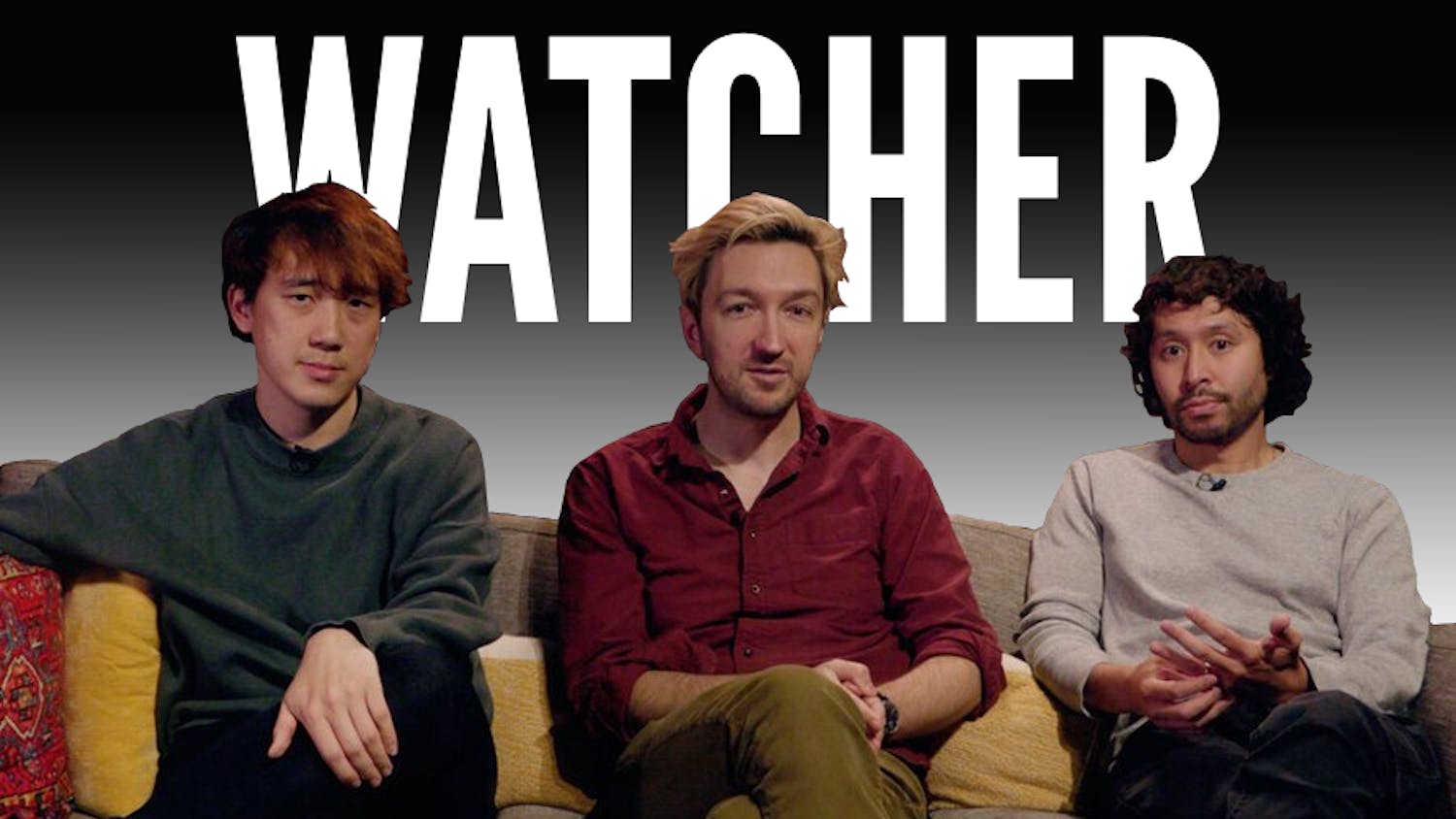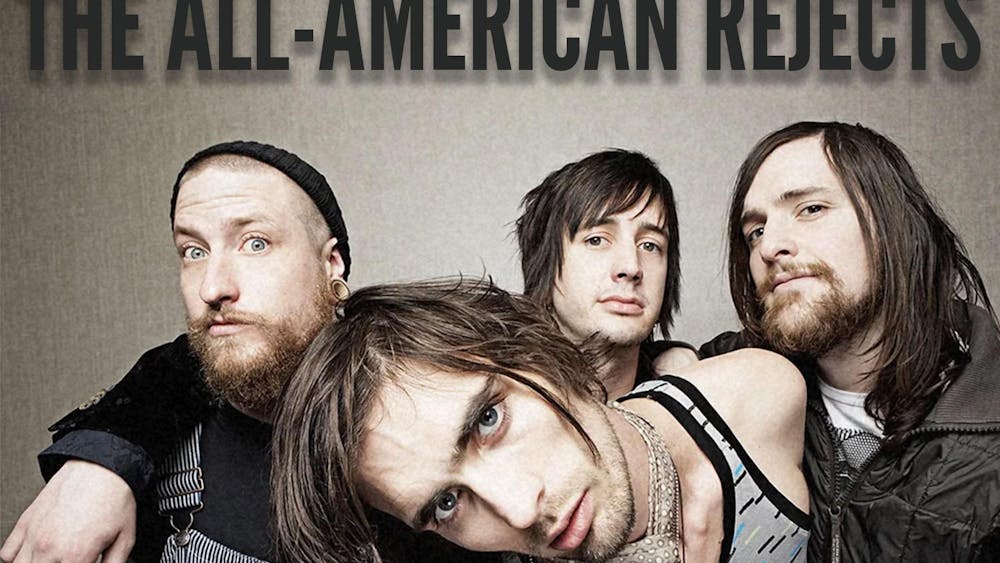Bruce Springsteen is an artist who certainly needs no introduction. Over the course of a 40-year career, he has released 17 studio albums which have sold over 120 million copies worldwide, received 21 Grammy awards and played thousands of shows both with and without his famous "heart-stopping, pants-dropping, house-rocking, earth-quaking, booty-shaking, Viagra-taking, love-makin', legendary E-Street Band," as Springsteen has come to refer to the group.
"Wrecking Ball" is the first album Springsteen has put out since the death of saxophonist Clarence Clemons last June. Clemons, known as the 'Big Man', a nickname immortalized in crowd favorite "Tenth Avenue Freeze-Out," was Springsteen's sidekick and an integral part of not only the band's live show but their on-record performances as well.
Springsteen addresses Clemons' death directly in the liner notes for "Wrecking Ball," which contain an excerpt from the eulogy Springsteen delivered at Clemons' funeral: "Clarence was big and he made me feel and think and love and dream big. How big was the Big Man? Too [expletive] big to die ... Clarence doesn’t leave the E Street Band when he dies. He leaves when we die."
"Wrecking Ball" opens with first single "We Take Care of Our Own," a song ripe for misinterpretation, much like "Born in the USA," which was used by the 1984 Ronald Reagan campaign as a patriotic anthem until Springsteen threatened a lawsuit, saying that using the song in such a manner was a complete misrepresentation of what it is about.
"We Take Care of Our Own" is centered around the repeated refrain, "Wherever this flag's flown/We take care of our own." Rather than operating as an affirmation of the things that are done "wherever this flag's flown," however, the lyrics point to such recent missteps as the response to Hurricane Katrina. These lyrics do not point toward sarcasm or irony - tools rarely employed by Springsteen - but they are rather completely sincere. The narrator of the song seems to be wrestling with the idea that the country for which he has so much compassion has failed in some respects to take care of its people.
As the track suggests, "Wrecking Ball" is a very political album-perhaps Springsteen's most political ever. "Death to My Hometown," a raucous number reminiscent of the cameo Springsteen did on Boston Celtic punks the Dropkick Murphys' cover of "Peg o' My Heart" last year, describes the damage the Great Recession has done to a particular community. "No cannonballs did fly/No rifles cut us down ... but just as sure as the hand of God/They brought death to my hometown," he sings.
Elsewhere, "Jack of all Trades" depicts a character forced to work multiple working class jobs because of the poor economy; "Rocky Ground" takes the form of a quasi-spiritual albeit excellent song. It includes a rap verse performed by Michelle Moore that falls completely flat. Finally, "We Are Alive," the closer, takes the form of what Bruce calls an "Irish wake," while he sings about solidarity and closes the album on a hopeful note.
The highlights of the album, however, are the two songs Springsteen fans have heard in different forms before this release. Title track "Wrecking Ball" is easily one of the best songs Springsteen has recorded since the E-Street Band's first breakup in 1989. First performed at the series of concerts the band did to close out Giants Stadium in their native New Jersey before it was torn down, the song is a rousing anthem, and the centerpiece of the album.
A song that originally functioned as a semi-humorous ode to life in New Jersey from the stadium's point of view is transformed in this context into an impassioned plea to all people to "Hold tight on your anger/and don't fall to your fear" when "All our little victories and glories/have been turned into parking lots," because "Hard times come, hard times go" - the last line a refrain repeated for almost two minutes on the album, making this song sure to be a highlight of the band's live shows on their upcoming tour.
"Land of Hope and Dreams," which originally appeared on "Live in New York City," features what will be the final two saxophone solos from Clarence Clemons. The song in this form is even more powerful, somehow, than the live version. Featuring electronic drums, a prominent mandolin riff, and one of Springsteen's best vocal performances in the past two decades, it is similar to the best Springsteen songs: a transcendent experience. This experience is pushed over the top when Clemons' wailing sax comes in just before the four-minute mark.
Lyrically, "Wrecking Ball" shows Springsteen at the angriest level he has been in quite a while. However, through this anger there is always hope, and he is careful to always point this out. Musically, the album sounds noticeably different than "Working on a Dream," his last release, in part because he switched producers for the first time in 10 years - Brendan O'Brien is replaced by Rob Aniello. Aniello's fresh perspective benefits Springsteen's sound greatly. Most prominently, he makes greater use of electronic sounds, from the programmed handclaps in "We Take Care of Our Own" to the pulsating electronic drums in "Land of Hope and Dreams."
"Wrecking Ball" is Springsteen at his finest. While it may not quite stand with such classic albums of his as "Born to Run" and "Born in the USA," very few albums from any artist's catalog do. Forty years into his career, Springsteen has created an album that is full of life and as relevant as anything as he has ever done and has managed to push all the emotional buttons from rage to hope and healing along the way. There's a reason that he will be remembered as one the greatest rock songwriters of all time and "Wrecking Ball" does nothing but further his claim to a piece of that title.













